

We may earn revenue from the products available on this page and participate in affiliate programs. Learn More ›
Home Advice You Can Trust
Tips, tricks & ideas for a better home and yard, delivered to your inbox daily.
A Place in the Sun
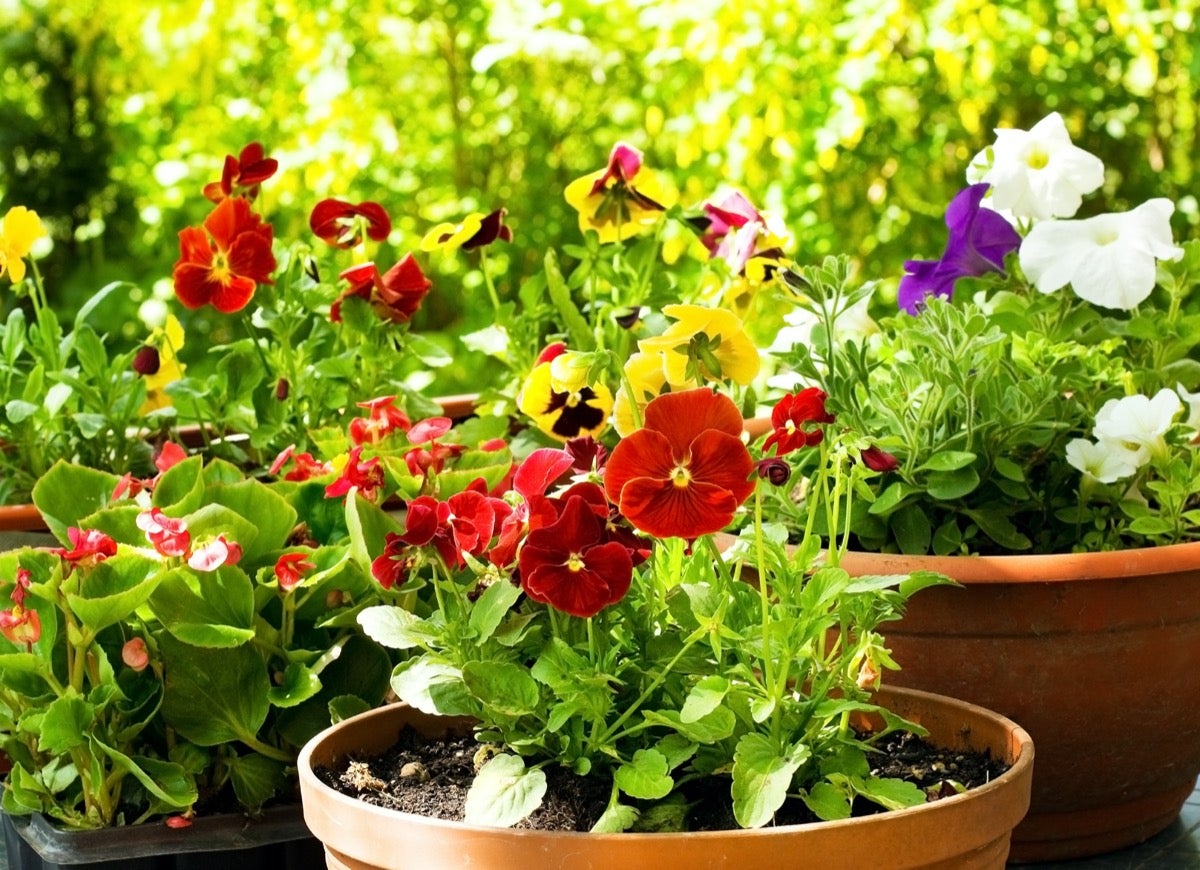
When it comes to container plants, many of the most popular annuals are popular for good reason—specifically, they bloom longer and more lavishly than other put-in-the-shade varieties. You shouldn’t avoid certain types just because “everybody grows them.” Instead, look for new or unusual cultivars that fit your own particular style.
You needn’t limit yourself to traditional flowering annuals, either. Many colorful vines, grasses, herbs, and seldom-blooming succulents can look just as sensational when given their place in the sun. In short, creative container gardens are more about pot planning than potluck!
Petunia (Petunia spp.)
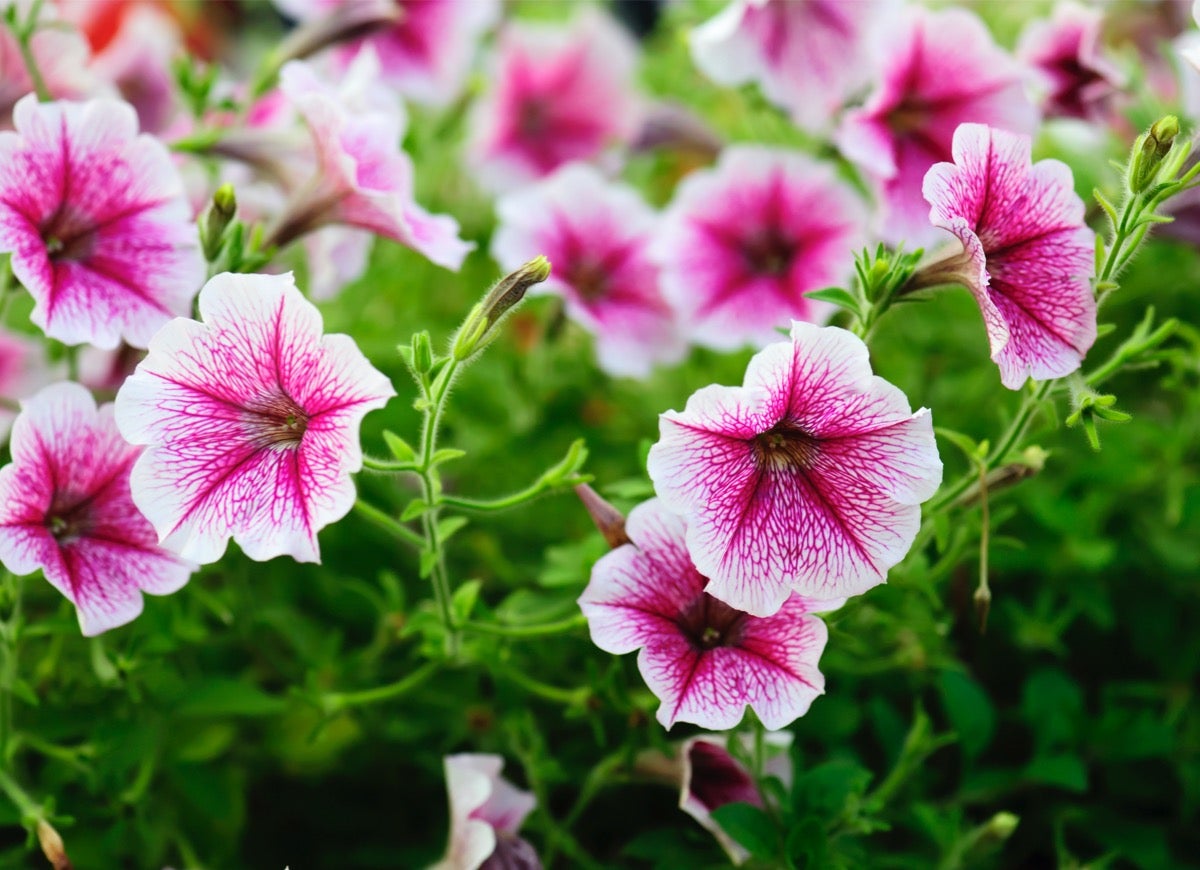
One of the most popular annuals on the planet—and for good reason—petunia blooms profusely and comes these days in a variety of exciting new colors, from orange to pistachio to genuinely black. It also can be lushly doubled, striped with darker veins, or even spattered with galaxies of “stars.” Pinch off withered flowers for the best bloom, and cut the plant back by half if it seems on the verge of tiring and retiring.
Lantana (Lantana spp.)
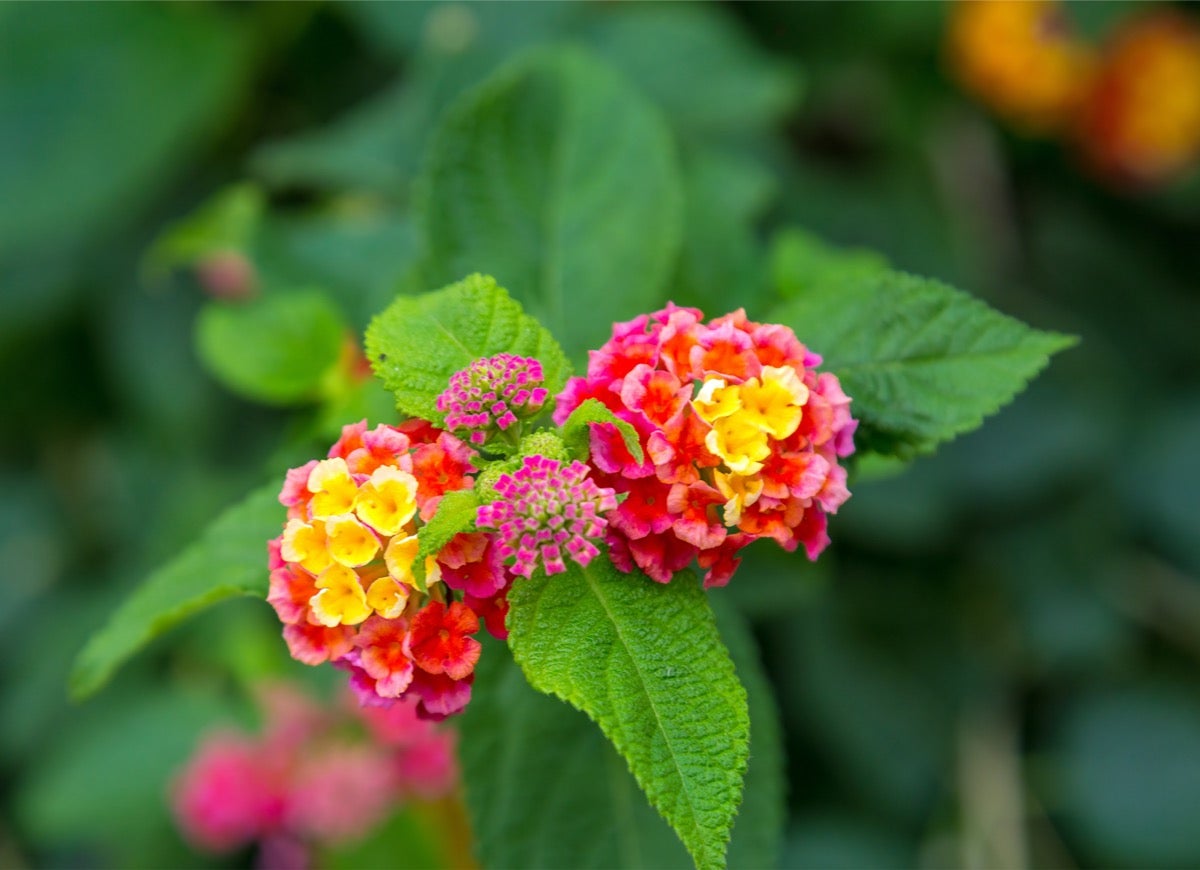
Tolerant of dry air, lantana can adapt to indoor conditions and may even flower there. However, it blooms profusely outdoors during summer, with clusters of tiny multicolored and often hot-hued flowers. Avoid pampering this plant with too much food and water or you may decrease its bloom. If you take lantana indoors in autumn, don’t panic when it drops most of its foliage. It is simply adjusting to changing light levels.
Portulaca (Portulaca grandiflora)
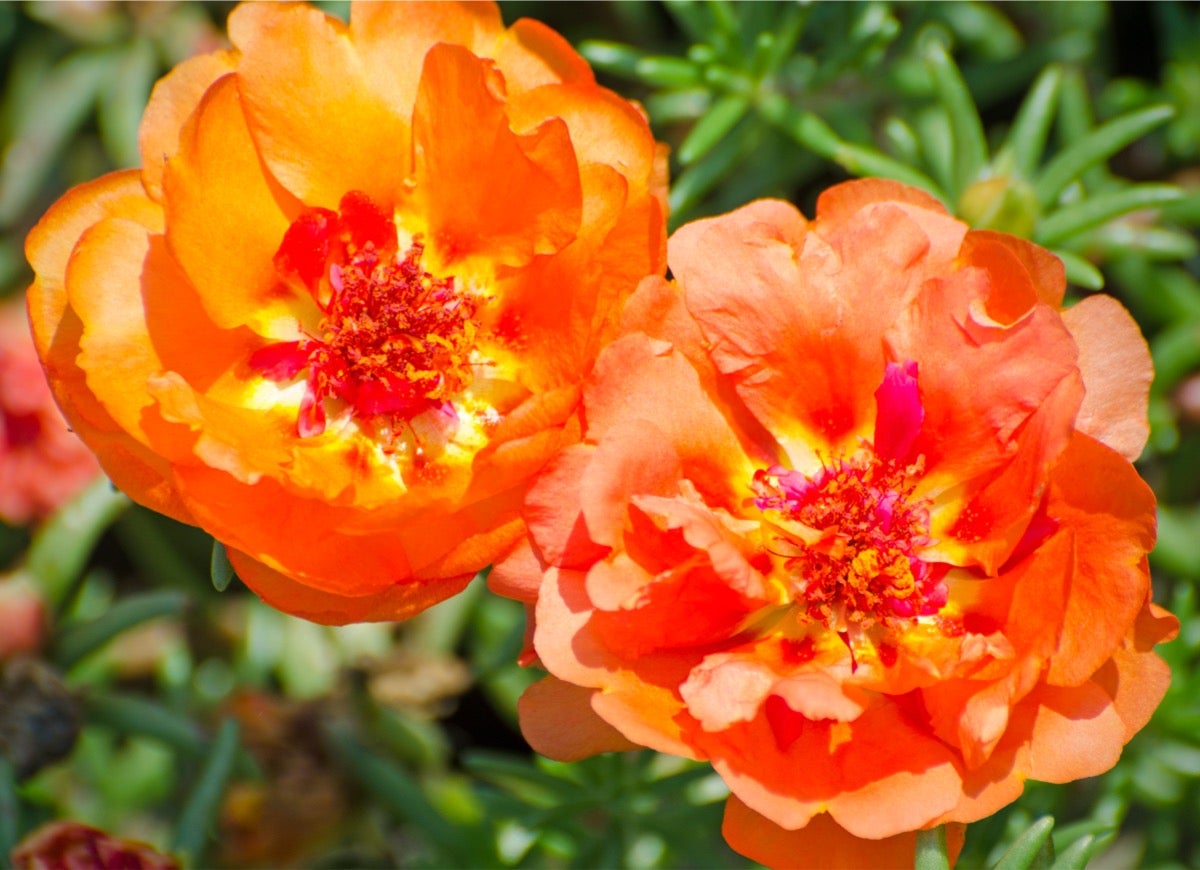
Although portulaca, or moss rose, resembles the rose in its often double flowers (and the cactus in the satiny texture of its petals), those flowers appear on an annual plant that is as easy to grow as the marigold. Portulaca was originally was a morning bloomer that closed its petals around noon and on cloudy days, but newer hybrids can remain open into the afternoon if the sun is shining. When the plants become leggy, cut them back for renewed flowering.
Geranium (Pelargonium spp.)
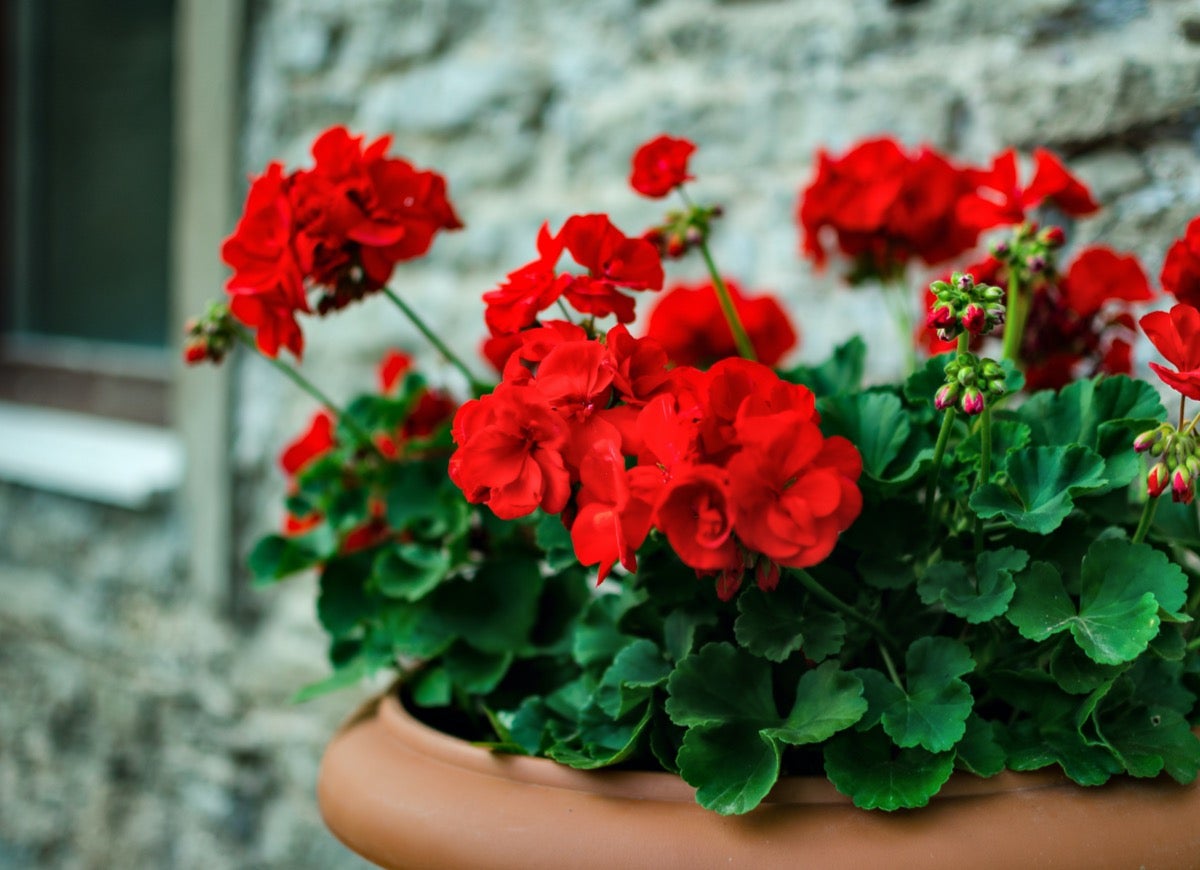
The annual geranium actually prefers somewhat dry air to the soppy kind, an attribute that has made it the quintessential houseplant. It generally flowers most profusely outdoors during summer, however, where it can go head-to-head with other constant bloomers. Although it does prefer full sun in northern states, it can suffer from the heat in tropical climates where it may fare better with only morning sun. Keep it a bit root-bound for the most nonstop blooming.
Pentas (Pentas lanceolata)
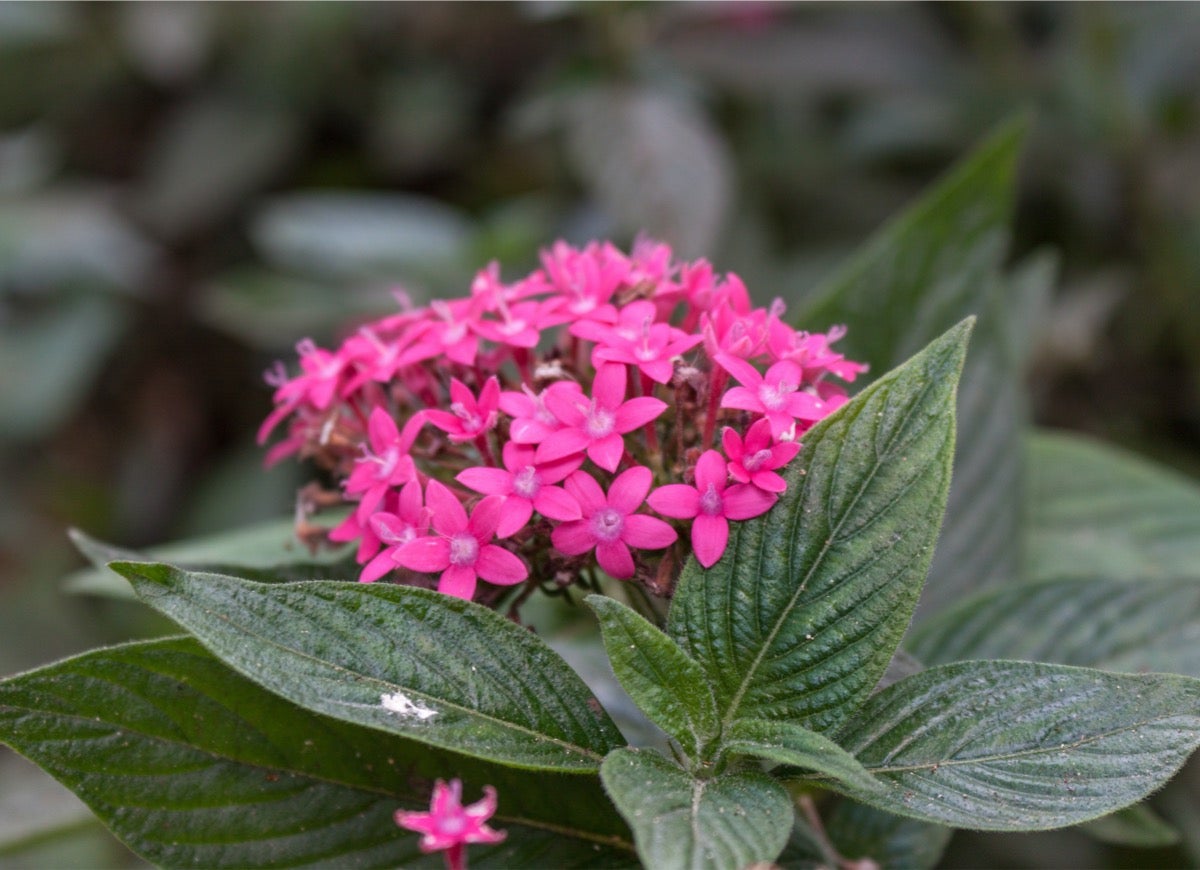
Not as well known as some annuals, the pentas plant (also known as star cluster) could be called a rising star! It produces 4-inch heads of stellar flowers in shades ranging from white through pink, red, and lavender. Highly attractive to butterflies and hummingbirds, it can make your containers a must-visit for those nectar-noshers. Don’t let those containers get soggy, as this plant is susceptible to root rot.
French Marigold (Tagetes patula)
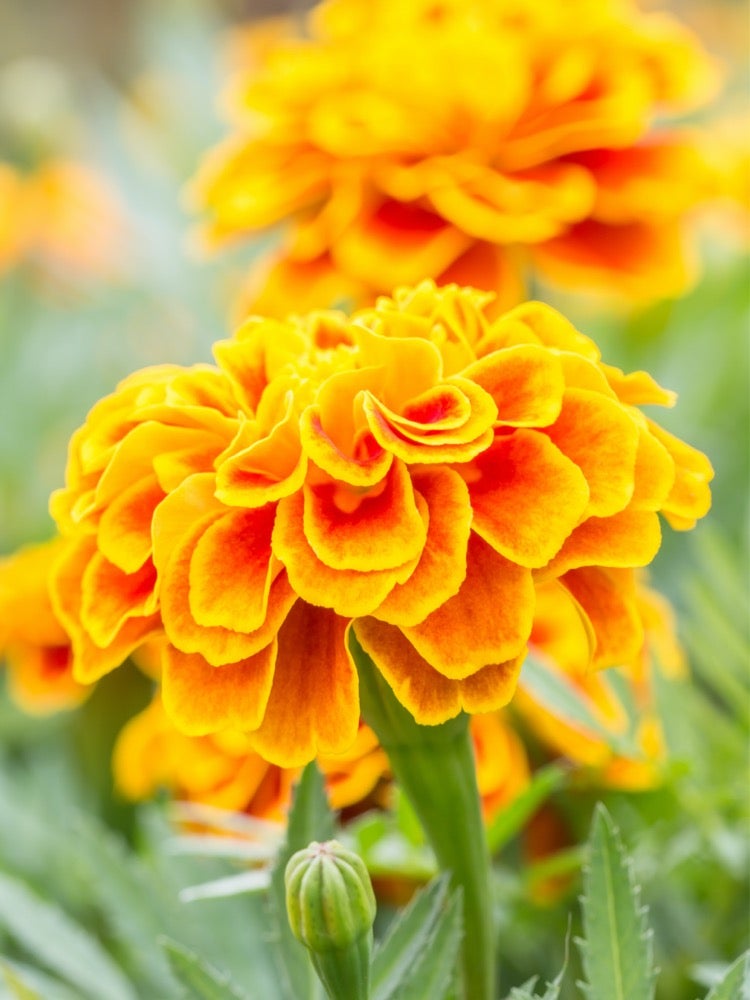
An old favorite with its short stature and flaming yellow, orange, or red blooms, French marigold can light up containers from early summer through frost. When watering the plant, aim your can’s spout underneath its leaves, as constantly wet foliage can cause fungal problems that might make this proud Mary a sad Mary. You’ll also want to deadhead (snip off) withered flowers to keep your plant blooming up to the marigold standard.
Sweet Potato Vine (Ipomoea batatas)
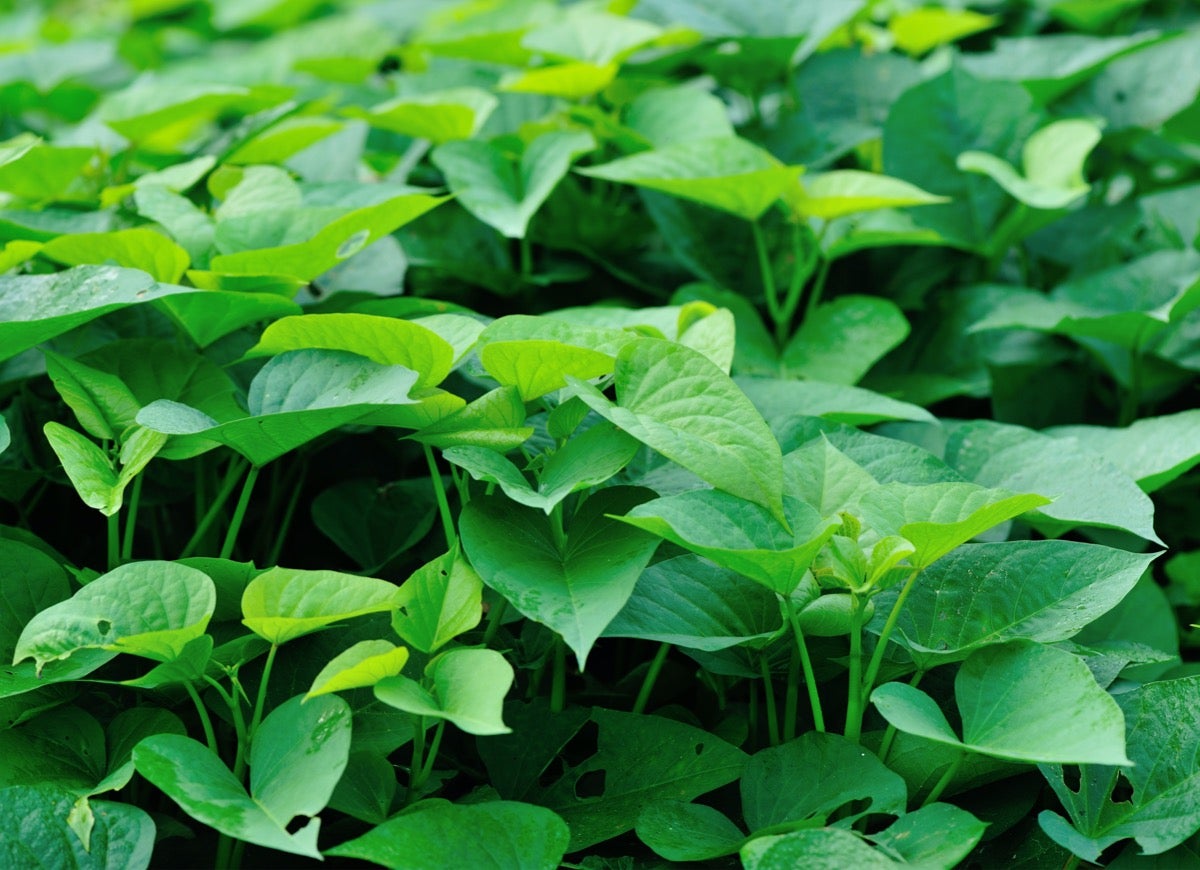
Not all container plants need to flower. The sweet potato vine, grown for its showy foliage, comes in a variety of sweet colors from purplish black to red, bronze, or variegated. Those splashy leaves reportedly produce their most intense hues in full sun. (Although the plant can make morning glory-like blooms, modern cultivars seldom do so.) The leaves may be heart-shaped or deeply divided, and the sweet potato vine can do double duty by serving as a houseplant during winter.
Agave (Agave spp.)
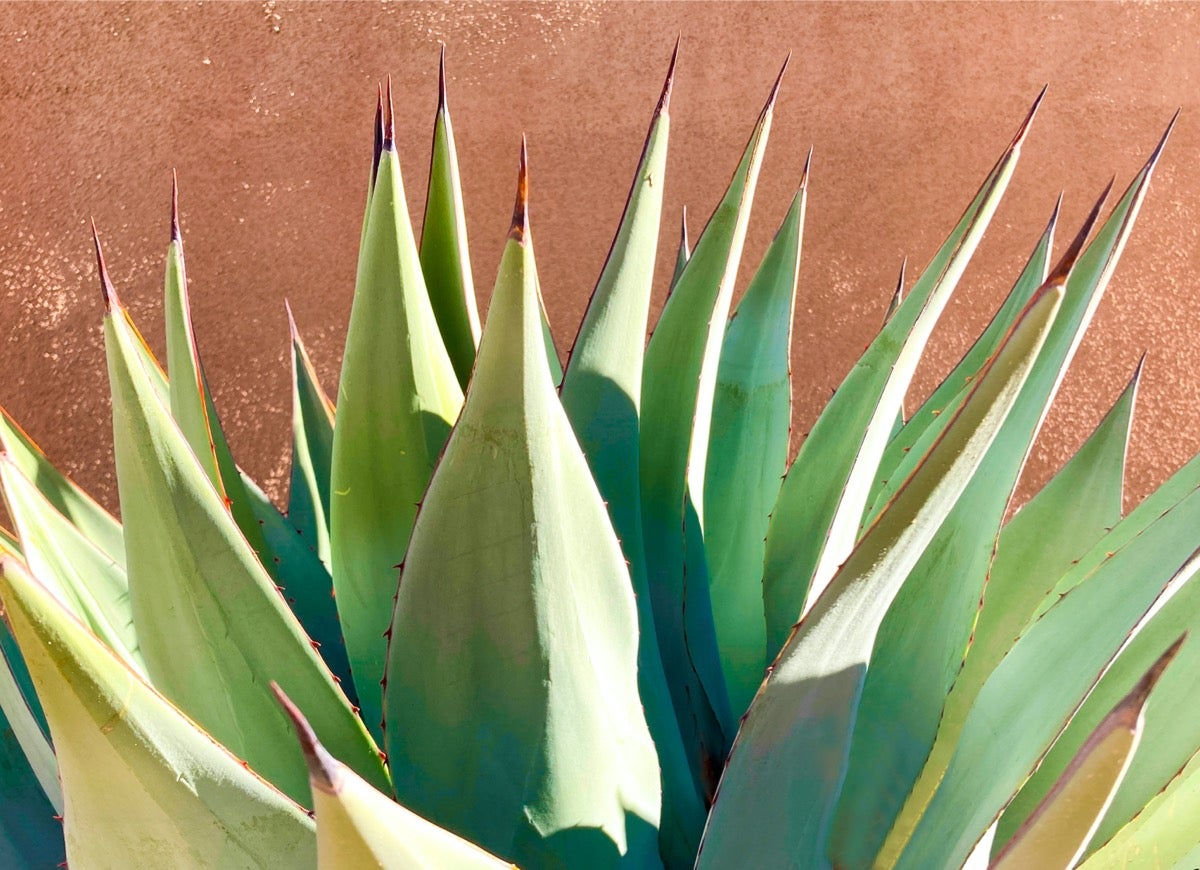
Also popular for its striking foliage, an outdoor agave may flower in its “old age” (10 to 25 years or so), but that blooming will kill the original plant—which may leave behind a few offsets to carry on. Therefore, it generally is grown for its rosette of silvery, succulent, and often spiky foliage. It too can be taken indoors during winter. Be sure to keep it in cactus potting soil in a container with drainage holes to prevent rot.
Cuphea (Cuphea spp.)
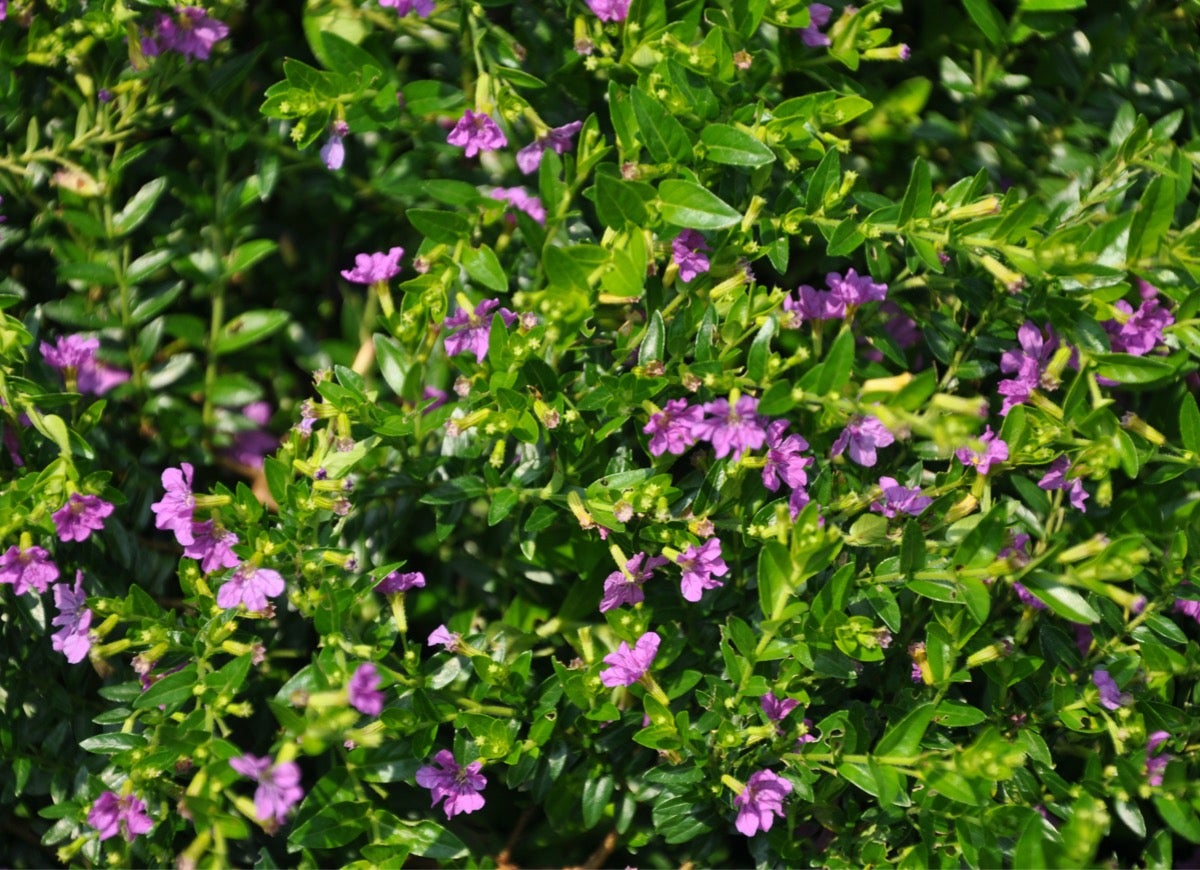
Although individual cuphea blooms may be quite small, en masse they make an impressive show that draws in butterflies and hummingbirds as well as envious neighbors. Cuphea comes in a wide variety of colors as well as interesting shapes resembling cigars, bats, mice, candy corn, and firecrackers, among other things! Pinch it back a bit when it is young and as necessary later to keep it compact rather than leggy.
Fountain grass (Pennisetum spp.)
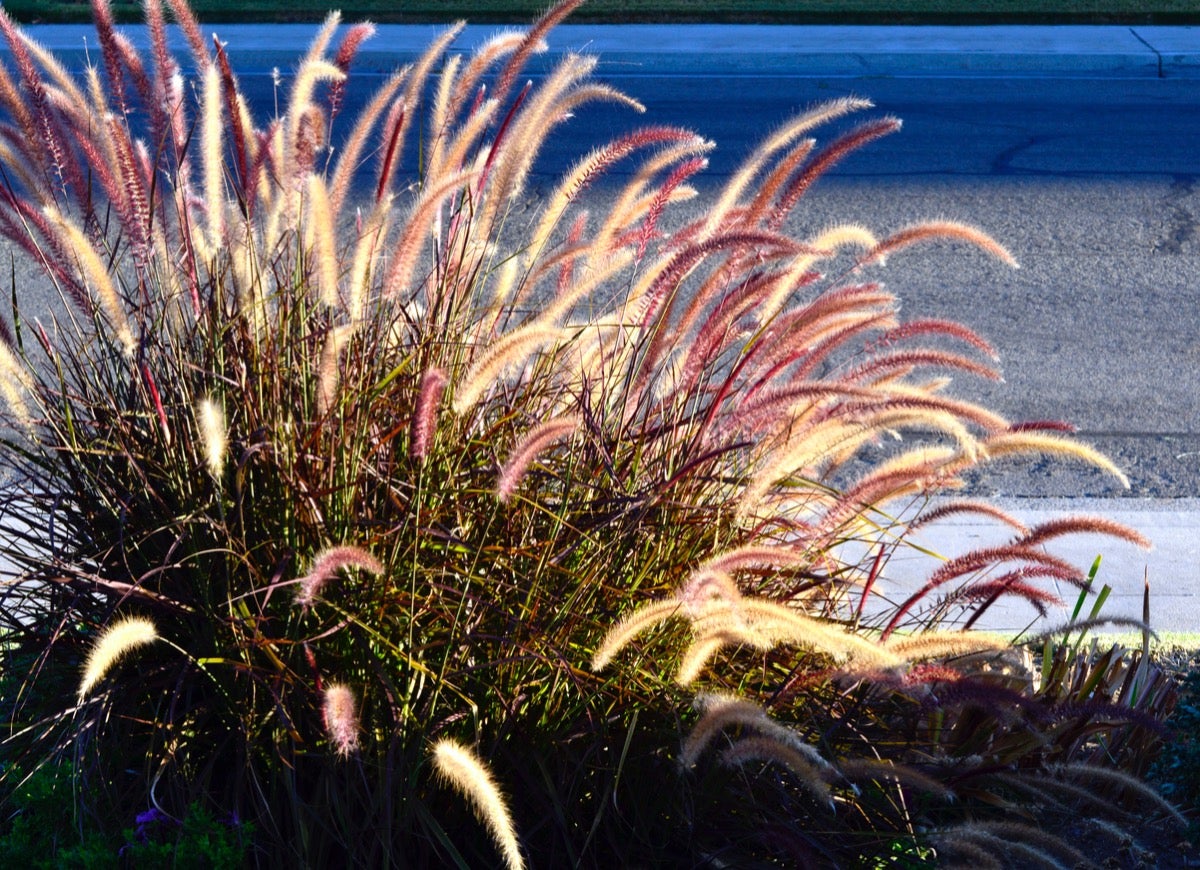
Like the fountain for which it is named, fountain grass adds a gracefully arching, cooling presence to the landscape. With narrow leaves and fluffy flower plumes, it can be used on its own or combined with other annuals. Cultivars with purple or burgundy foliage are particularly eye-catching. Like most grasses, the fountain type is vigorous enough to be pushy, so you may want to give it its own container to allow it to spout off in peace.
Rosemary (Salvia rosmarinus)
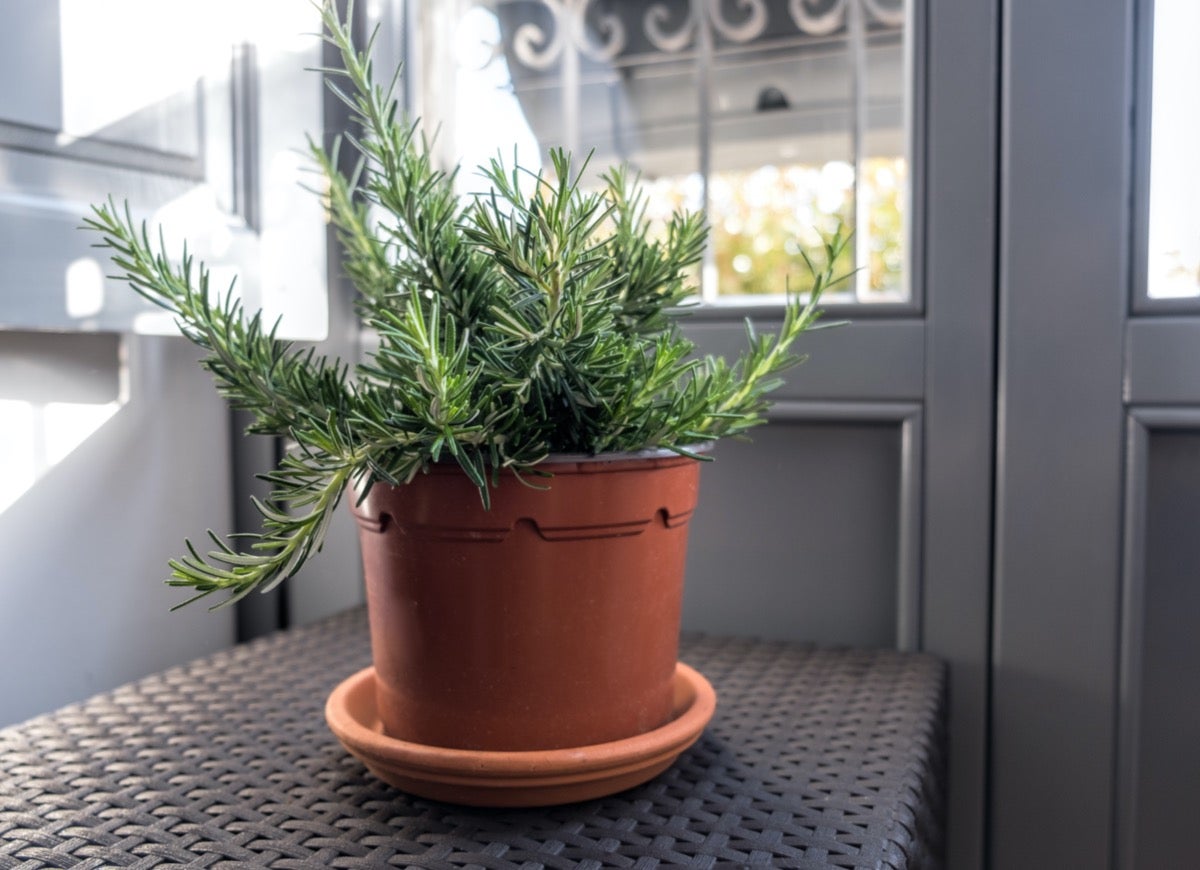
If you live where rosemary isn’t hardy, try growing it in a container that you can move indoors during winter. That way you can give it the good drainage it likes and position it near the kitchen door, handy for culinary snipping. You can even trim it into a topiary, if you would like. Always pot rosemary in a fast-draining potting soil that is on the alkaline side rather than in peat-based soil, which tends to be too acidic for this plant.
Tropical Hibiscus (Hibiscus rosa-sinensis)

Any gardener would expect a plant with this one’s exotic and flashy good looks to be a diva. But despite its ability to turn out blooms 4 inches or larger across, tropical hibiscus is an easygoing plant that accepts being crammed into a pot with surprising equanimity. It even tolerates being taken indoors over winter, where necessary, and can bloom near a sunny window. Since it outgrows containers quickly, you’ll want to expand its digs frequently to keep it happy.

Meet the 2025 Tools of the Year
After months of scouring the market and putting products through their paces, we’ve named the best of the best in new tools. There’s something for everyone, from veteran pros to average Joes.